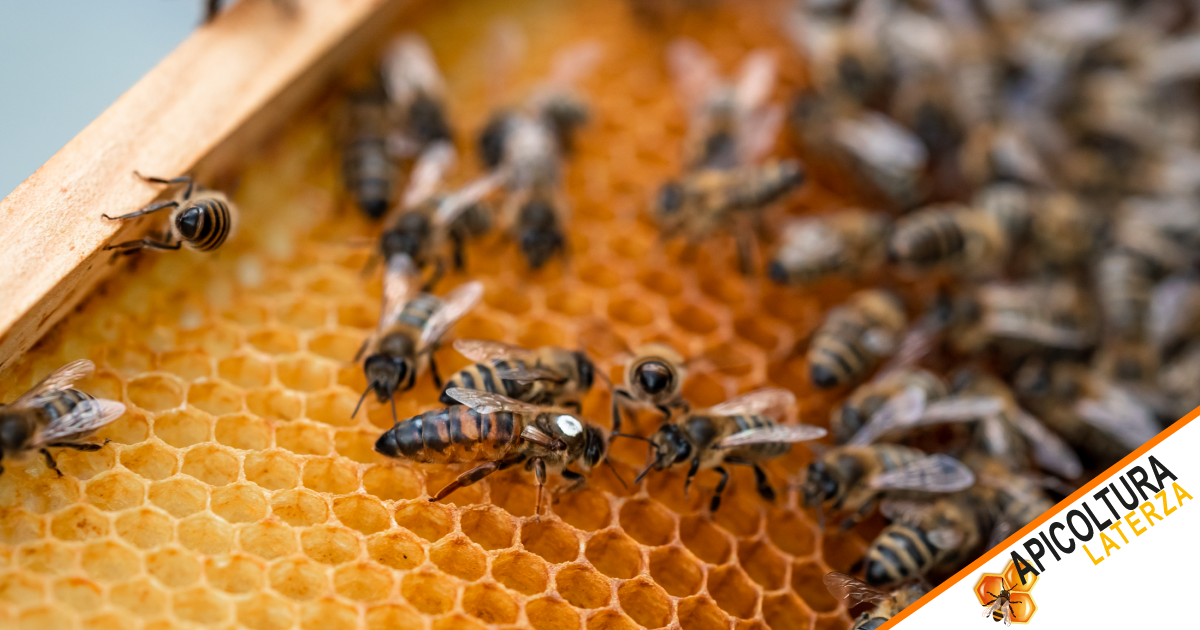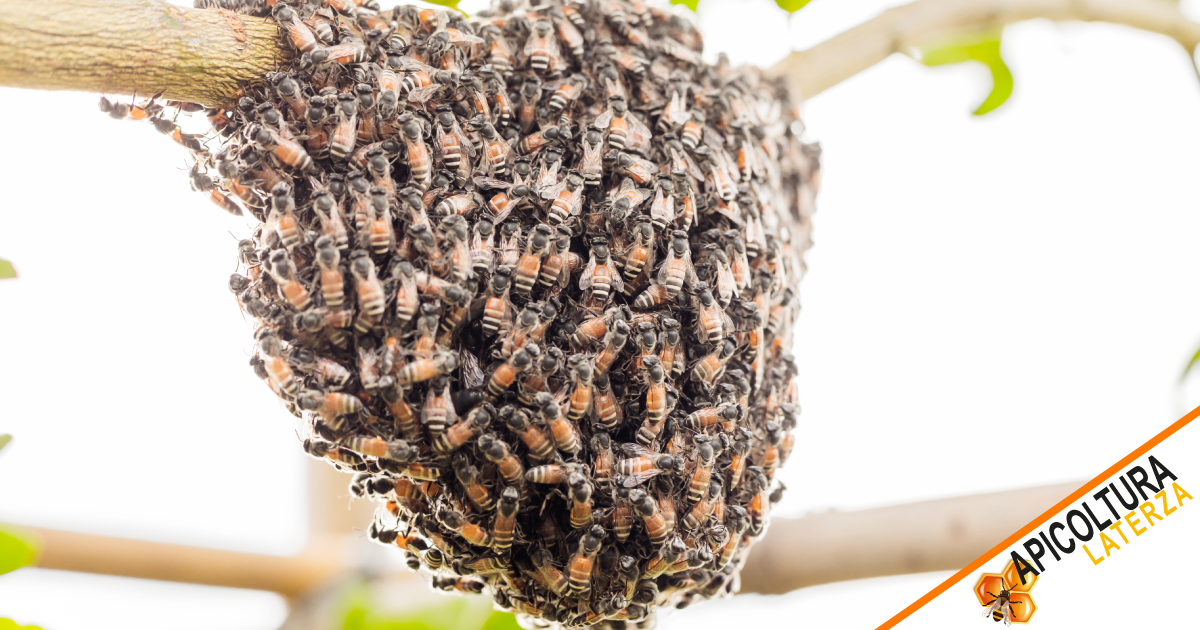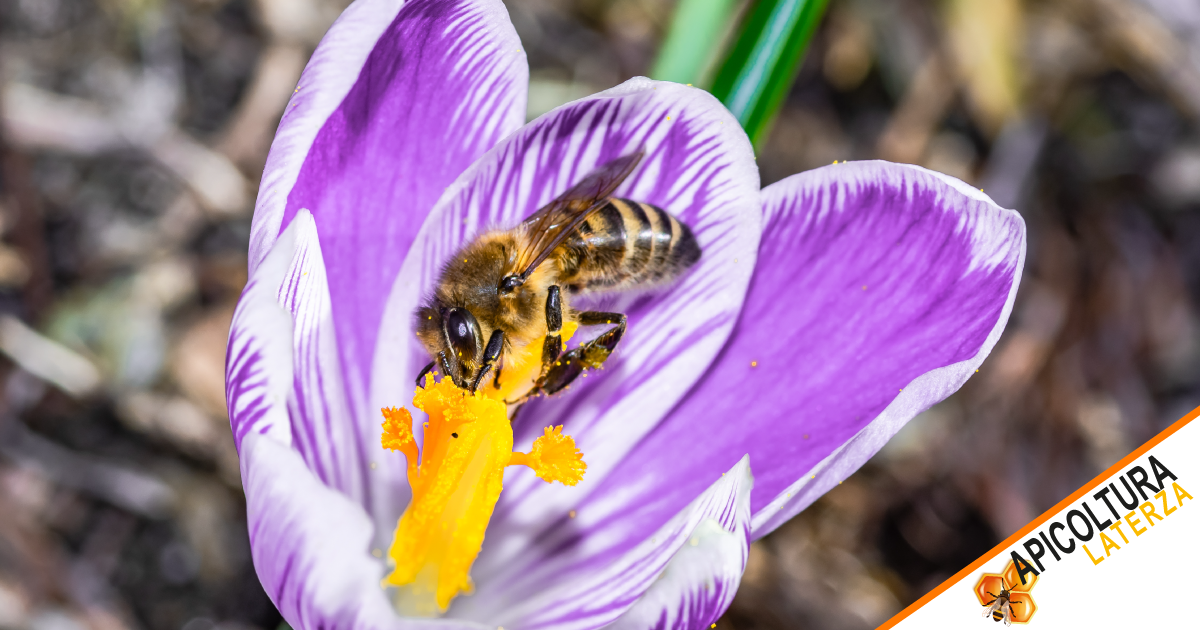How Queen Bee Breeding Works: A Complete Guide
Queen bee breeding is a fundamental practice to ensure the productivity and health of beehives. The queen bee is the core of the colony, and her selection directly impacts honey production and the strength of worker bees. A strong queen guarantees a large and industrious colony, capable of facing environmental and production challenges.

 English
English  Italiano
Italiano  Estonian
Estonian  Finnish
Finnish  Français
Français  Deutsch
Deutsch  Latvian
Latvian  Norsk
Norsk  Polski
Polski  Română
Română  Español
Español  Svenska
Svenska 








